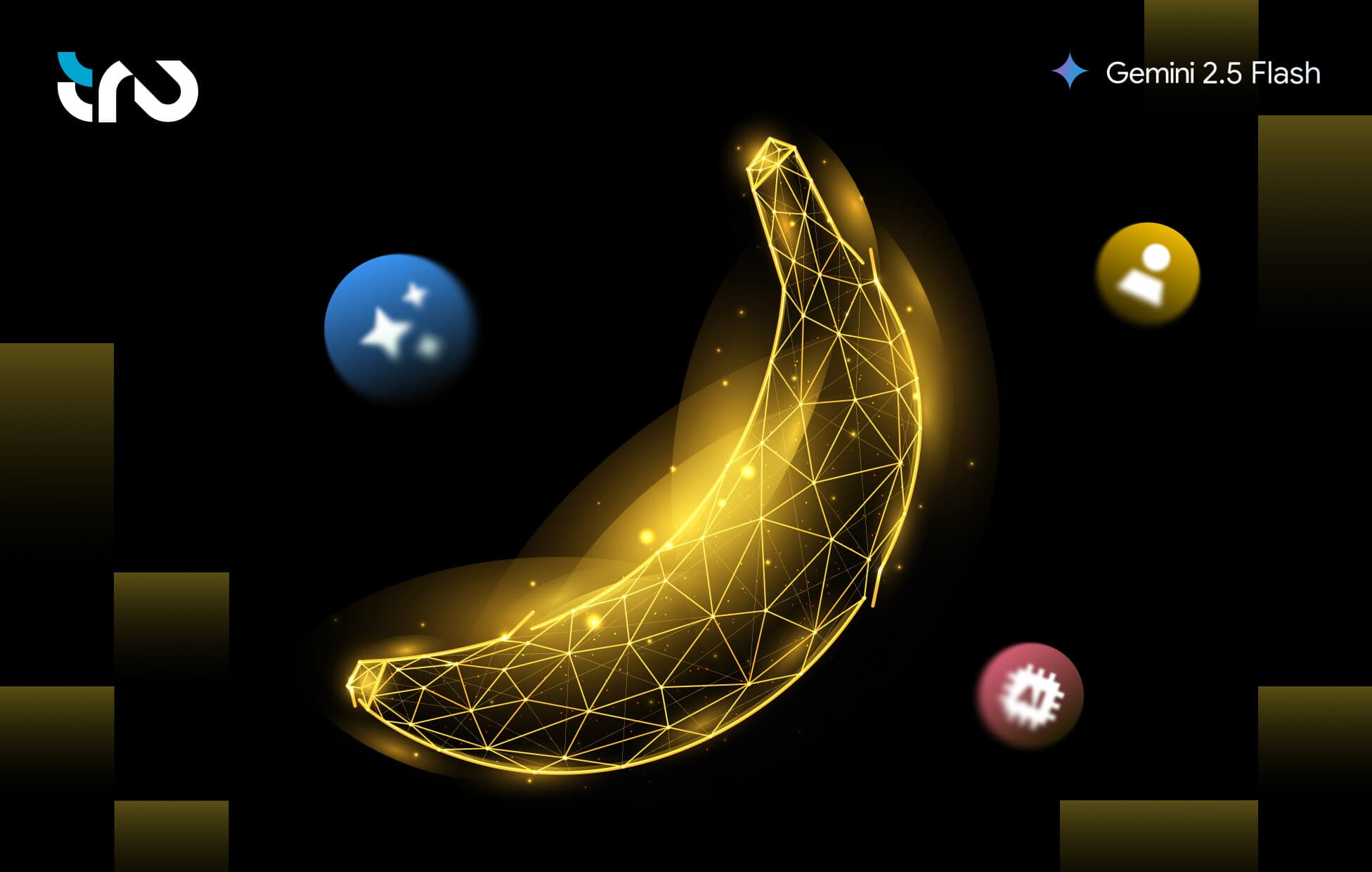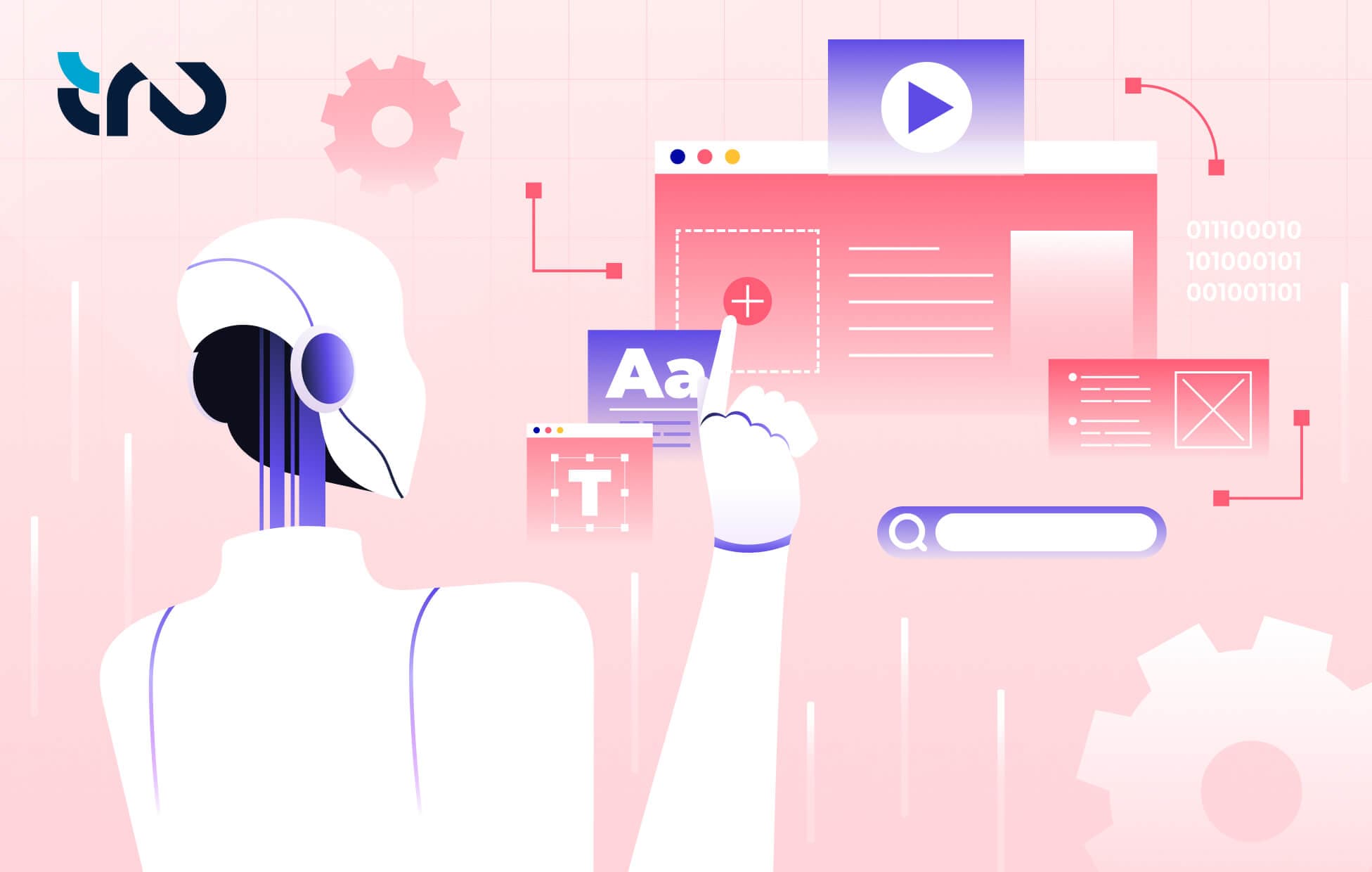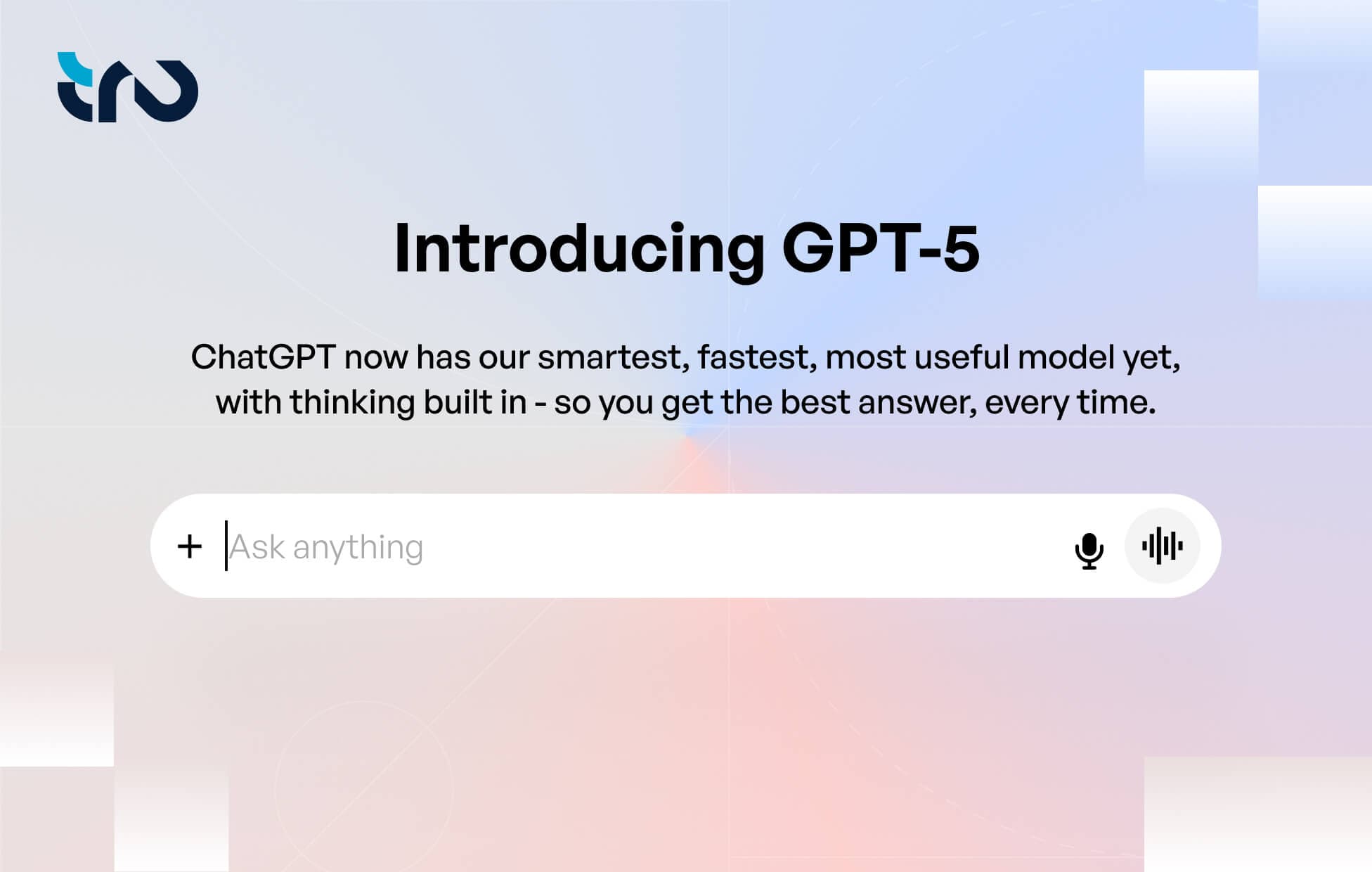Launched in the last week of August, Nano Banana is already ruling the internet. Team Tru carried the trend forward and pushed the new image generator to its limits by running real-world experiments. This blog shares our key findings!
What is Google’s Nano Banana?
Nano Banana, officially called Gemini 2.5 Flash Image, is Google DeepMind’s new image generation and editing model, recently rolled out in the Gemini app.
The nickname “Nano Banana” quickly trended in the AI community, sparked by playful hints from Google employees. Sundar Pichai (CEO, Google) shared banana emojis on X while Logan Kilpatrick (Product Manager, Google AI Studio) and Naina Raisinghani (Product Manager, DeepMind) posted banana-themed content. Early testers linked the clues to pre-release outputs, coining the term “Nano Banana.”
Core Features & Technical Highlights of Gemini 2.5 Flash Image
Gemini 2.5 Flash Image excels at generating multiple images while preserving character and object consistency. Key standout features and technical specifications include:
Key Features of the Nano Banana Model
Character Consistency: Keeps recognizable features (faces, pets, objects) consistent across multiple edits, an upgrade over previous Gemini versions.
Multi‑Turn Editing: Supports iterative, step-by-step refinements (like redecorating a room, then changing lighting), preserving context at each stage.
Multi‑Image Fusion: Seamlessly blends two or more images, e.g., placing yourself with your pet in a scene or designing new compositions.
Design Mixing / Style Transfer: Users can apply styles, textures, or colors from one image onto another. Imagine flower petal patterns on boots or butterfly textures on a dress.
Watermarking & Safety: All images feature both visible watermarks and an invisible SynthID watermark to signal AI origin and prevent misuse.
Integration with World Knowledge: Built on Gemini’s context-aware reasoning. Enables intelligent edits like natural backgrounds or realistic object behavior.
Technical Specifications of Nano Banana AI
Model Family: Gemini 2.5 Flash is a hybrid reasoning model that lets developers toggle “thinking” on or off and set a thinking budget to optimize quality, cost, and latency.
Multimodal Input Support: Processes text, images, audio, and video, all within a powerful 1 million‑token context window.
Output Capabilities: Generates up to 64 K tokens in text mode, or image outputs up to 32 K tokens in Flash Image mode.
Architecture: Built on a sparse Mixture‑of‑Experts (MoE) design that routes tokens efficiently to expert subnetworks, maximizing capacity while minimizing computation per token.
Deployment Status: The model is in General Availability, meaning it’s fully live and ready for production use.
Relevant Read: We explored whether AI can manage your entire marketing funnel. Discover our findings in the blog!
Tested Nano Banana: Results & Insights for Industry Use
We put the nano banana AI model to test for different industry operations like generating images for seasonal marketing campaigns, lookbooks, and presentations. Here’s a breakdown of what we did and how it turned out.
Test 1: Seasonal Outfit Transformation
Industry Domain: Retail & E-commerce
Objective / Real-World Use: Update existing apparel visuals for seasonal marketing campaigns or lookbook.
Prompt Context: Style a man’s outfit for a winter scene with snow and festive lighting.
Result: Passed! Outfit and background updated perfectly to match the seasonal theme.
Takeaway: Reliable for visualizing seasonal fashion concepts. Brands can use it for ideation, but original photography is still needed for accurate product representation.
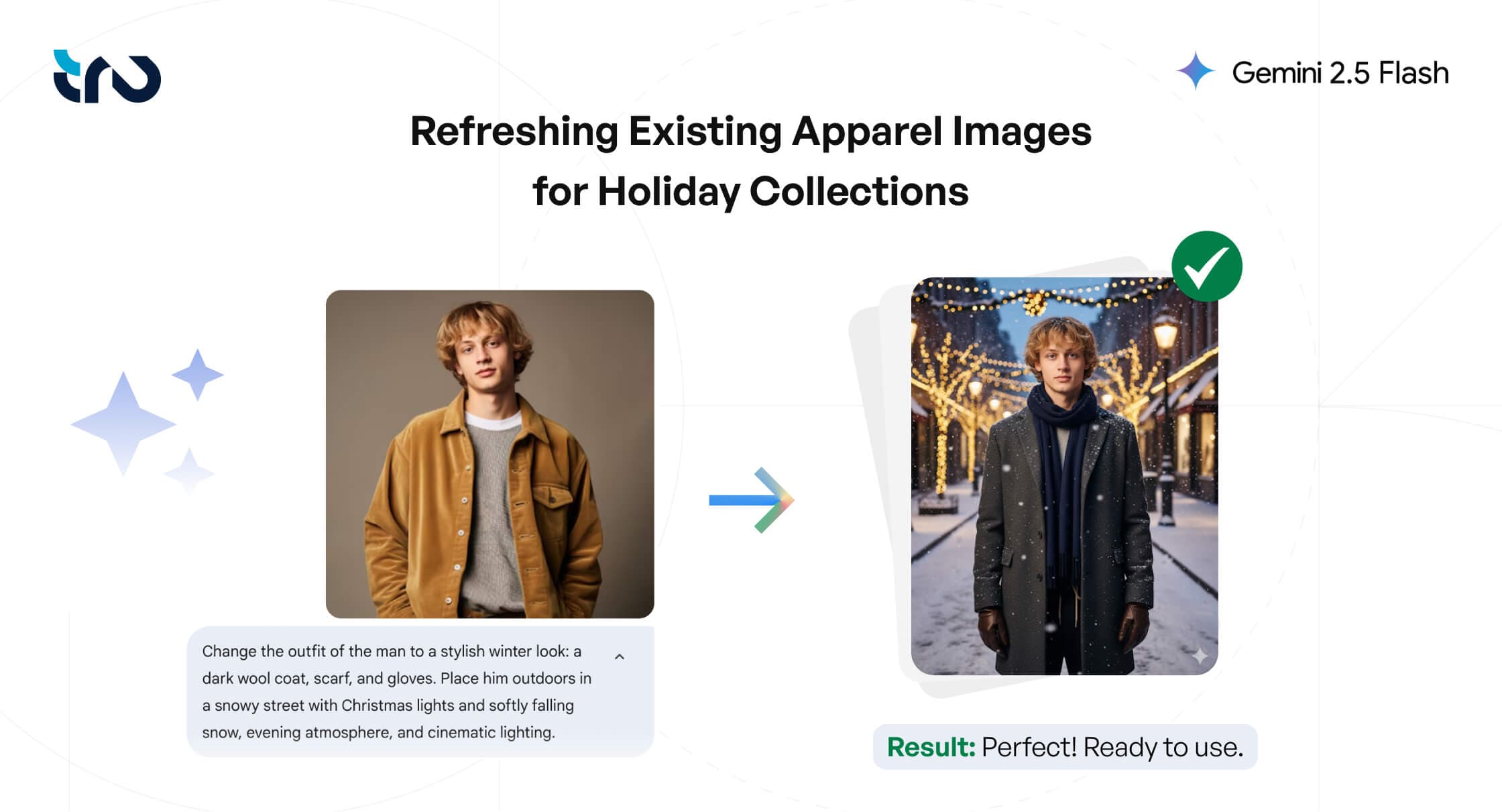
Test 2: Creating a Holiday Photoshoot
Industry Domain: Fashion & Apparel
Objective / Real-World Use: Create promotional content for festive-based product catalogs without staging costly holiday photo shoots.
Prompt Context: Dress a mannequin in trousers for a festive street campaign.
Result: Failed! The model generated an image with a different pair of trousers instead of the intended one.
Takeaway: While promising for quick campaign mockups, the model currently lacks precision for product-level replication in retail campaigns.
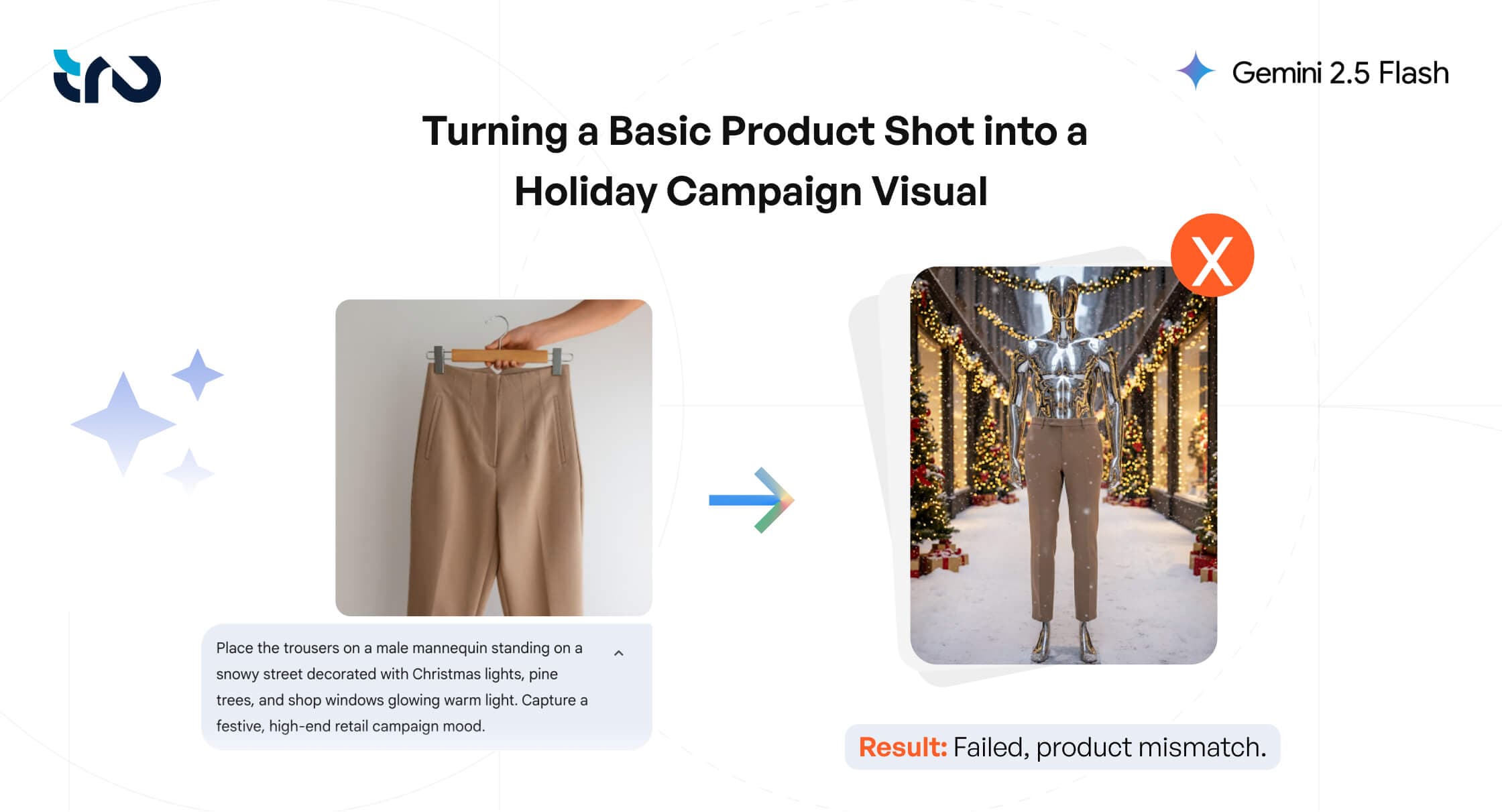
Test 3: Merging Pet Images
Industry Domain: Creative Design & Entertainment
Objective / Real-World Use: Create playful composite visuals for pet branding, entertainment, or advertisements.
Prompt Context: Combine two dogs into one realistic, proportionate, well-lit composite.
Result: Failed on the first attempt, with one dog incorrectly altered. Passed on the second attempt with a successful merge.
Takeaway: Strong potential for creative outputs, though consistency across multiple subjects may require multiple iterations and human refinement.
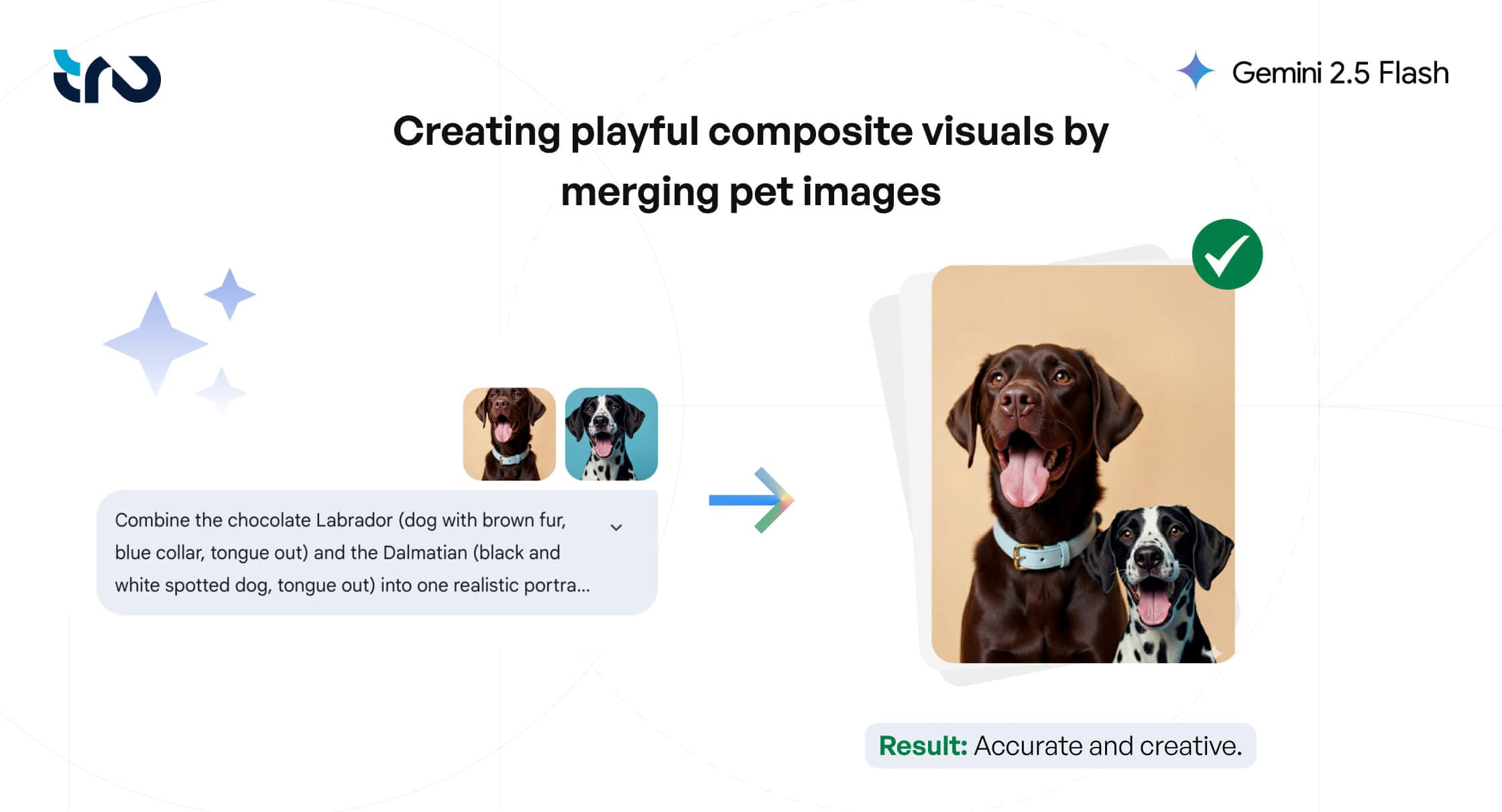
Test 4: Dual Figure Composition
Industry Domain: Marketing & Communications
Objective / Real-World Use: Generate a realistic visual combining two distinct individuals for corporate communications, campaigns, or editorial layouts.
Prompt Context: Place two individuals side by side with realistic proportions and studio lighting.
Result: Partially Successful! Produced a realistic image on the first attempt, but minor alignment and proportion inconsistencies were noticeable.
Takeaway: Effective for drafting visual concepts with multiple subjects, but minor adjustments may be required for precise alignment and realism.

Test 5: Urban Photoshoot Simulation
Industry Domain: Visual Merchandising & Product Imaging
Objective / Real-World Use: Repurpose existing apparel shots by swapping outfits to create new urban fashion visuals for campaigns, social media, and brand storytelling.
Prompt Context: Swap a model’s outfit for streetwear in a natural city setting.
Result: Passed! The streetwear outfit was generated convincingly, though the model’s original face was not retained due to built-in privacy measures.
Takeaway: Suitable for creating streetwear concepts and campaign previews, providing a fast, visually appealing reference for fashion marketing teams.
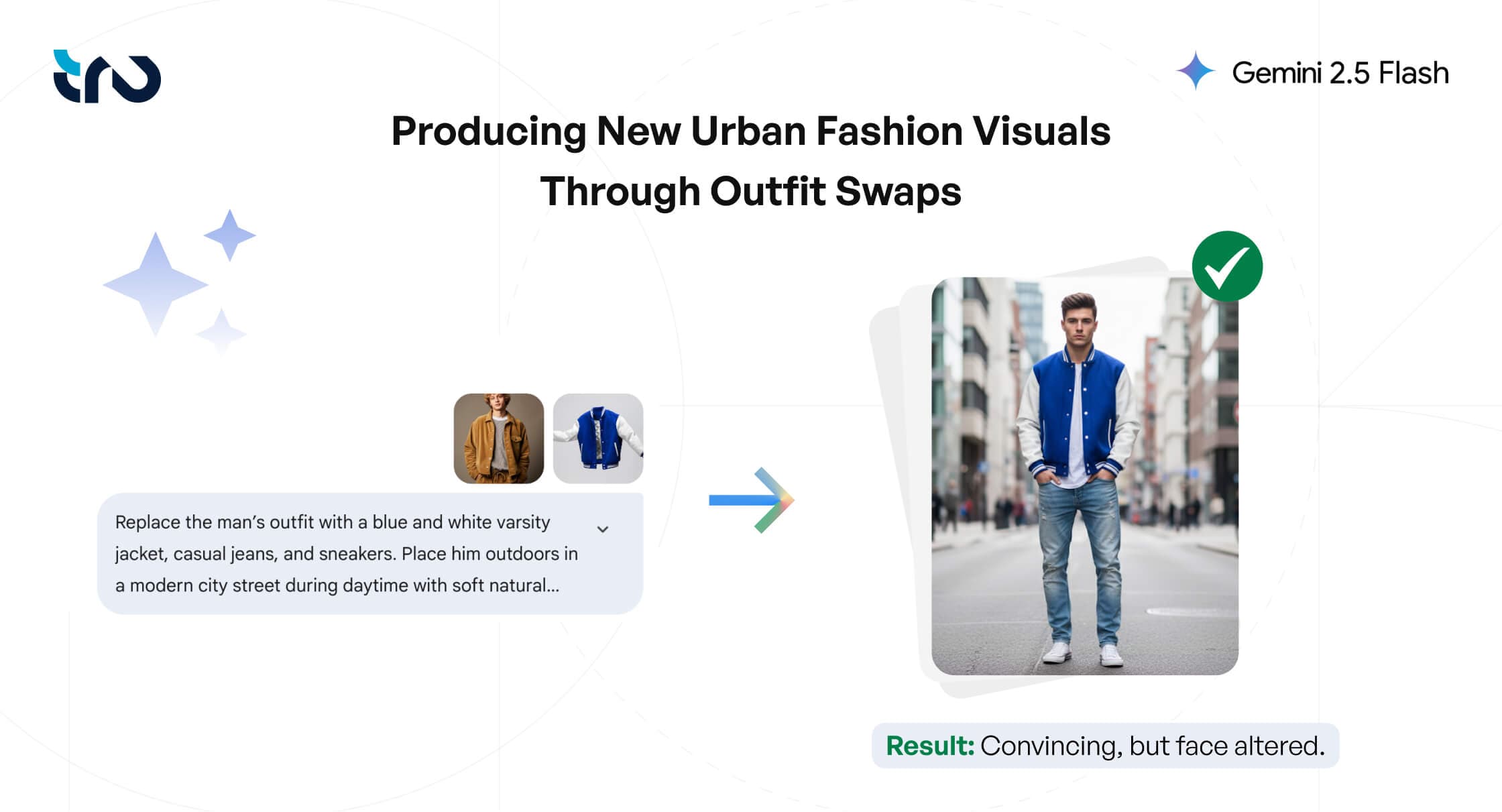
Tru Findings: Nano Banana Capabilities and Guidance
Tru’s evaluation of the Nano Banana model highlights its creative strengths, critical limitations, and operational guidance to help teams leverage it effectively while mitigating risks.
Strengths
Quick creative iterations and ready-to-use moodboard outputs.
Realistic style, lighting, and scene adjustments for lifestyle edits.
Multi-image fusion effective for concept mockups after a few tries.
Multi-turn editing keeps context across step-by-step changes.
Works with natural language prompts, making it easy for creative teams.
Built-in privacy and security, including watermarks and SynthID, safeguard content and identities.
Weaknesses
Product accuracy is low; exact transfers often fail.
Complex mixes of humans and products struggle with depth and proportions.
Face and identity retention is inconsistent due to privacy measures.
Multiple attempts are often needed, increasing time and cost.
Risk of IP issues and deepfakes when copying artist styles or protected likenesses.
Operational guidance
Use for ideation, A/B creative tests, and rapid previews only.
Do not rely on it for final product photography or regulated assets.
Enforce a human in the loop for approval and retouch before publication.
Classify outputs by purpose and publish only those meeting quality and compliance.
Maintain prompt libraries to reduce iterations and ensure consistent outputs.
Relevant Read: Discover practical ways to use ChatGPT-5 for enterprise and boost efficiency across teams.
Conclusion
Google’s next-gen image generation model, Nano Banana, shows strong creative potential for fast ideation, mockups, and campaign previews. However, it still lacks reliability for product-accurate or regulated applications. With advancements in fidelity, identity retention, and spatial accuracy, the new Gemini 2.5 Flash is poised to evolve into a powerful co-pilot for design, marketing, and content innovation.
Harness Futuristic Tech To Drive Growth With Tru
Contact UsFrequently Asked Questions (FAQs)
Nano Banana is the nickname for Google's Gemini 2.5 Flash Image model, an advanced AI tool designed for image generation and editing. It allows users to create and modify images using natural language prompts, offering features like multi-image fusion, style transfer, and iterative editing. Integrated into the Gemini app, it aims to provide realistic and context-aware image manipulations.
Yes, the Gemini 2.5 Flash Image is accessible to both free and paid users of the Gemini app. However, for developers and enterprises, there are usage costs associated with the Gemini API and Vertex AI, priced at $30.00 per 1 million output tokens, with each image consuming approximately 1,290 tokens.
Nano Banana excels at preserving consistency across multiple edits by leveraging Gemini's world knowledge. This enables the model to maintain character likenesses, object positions, and scene contexts, even during iterative changes. Such consistency is particularly beneficial for tasks like seasonal outfit transformations or multi-image compositions.
While Nano Banana is effective for ideation, mockups, and creative previews, it is not recommended for final product photography or regulated assets. The model's fidelity may not always accurately represent products, and it may struggle with complex compositions involving humans and products.
All images created or edited with Gemini 2.5 Flash Image include an invisible SynthID digital watermark, identifying them as AI-generated. This watermark aims to prevent misuse and ensure transparency. However, tools for detecting these modifications are not yet publicly available, raising concerns about potential deepfake risks.
